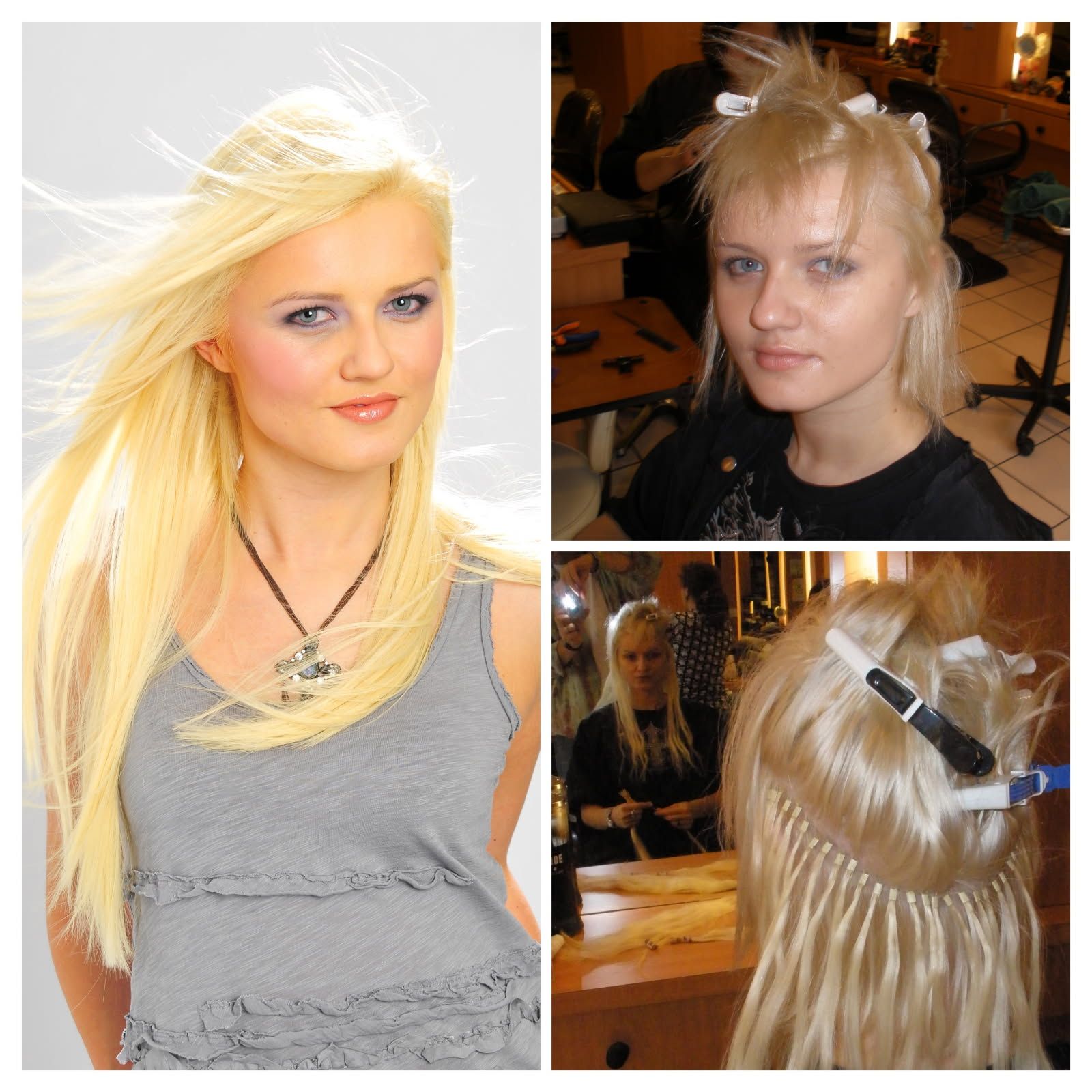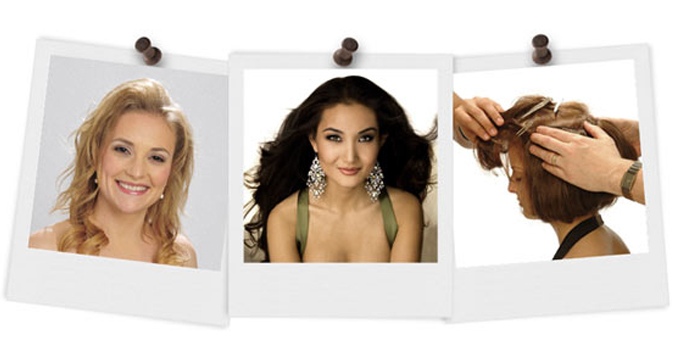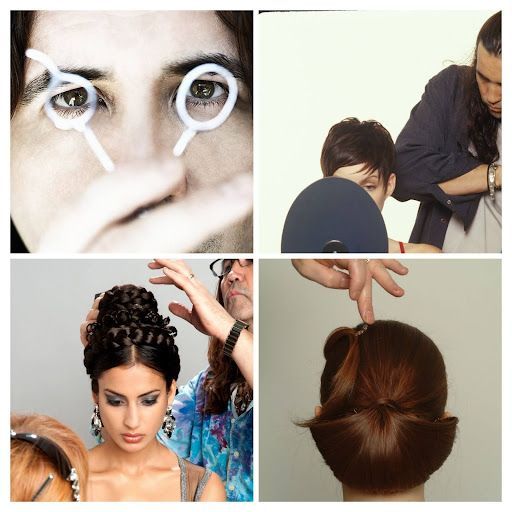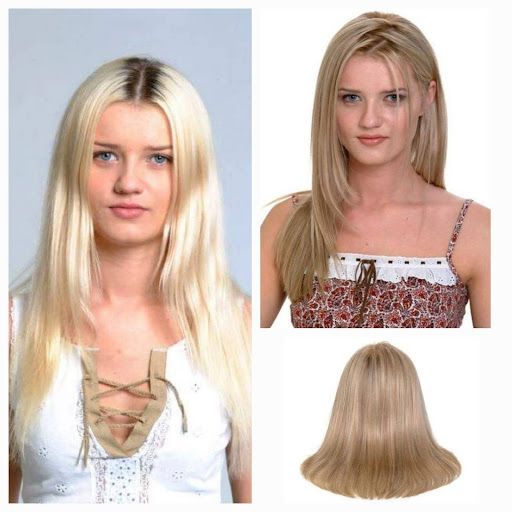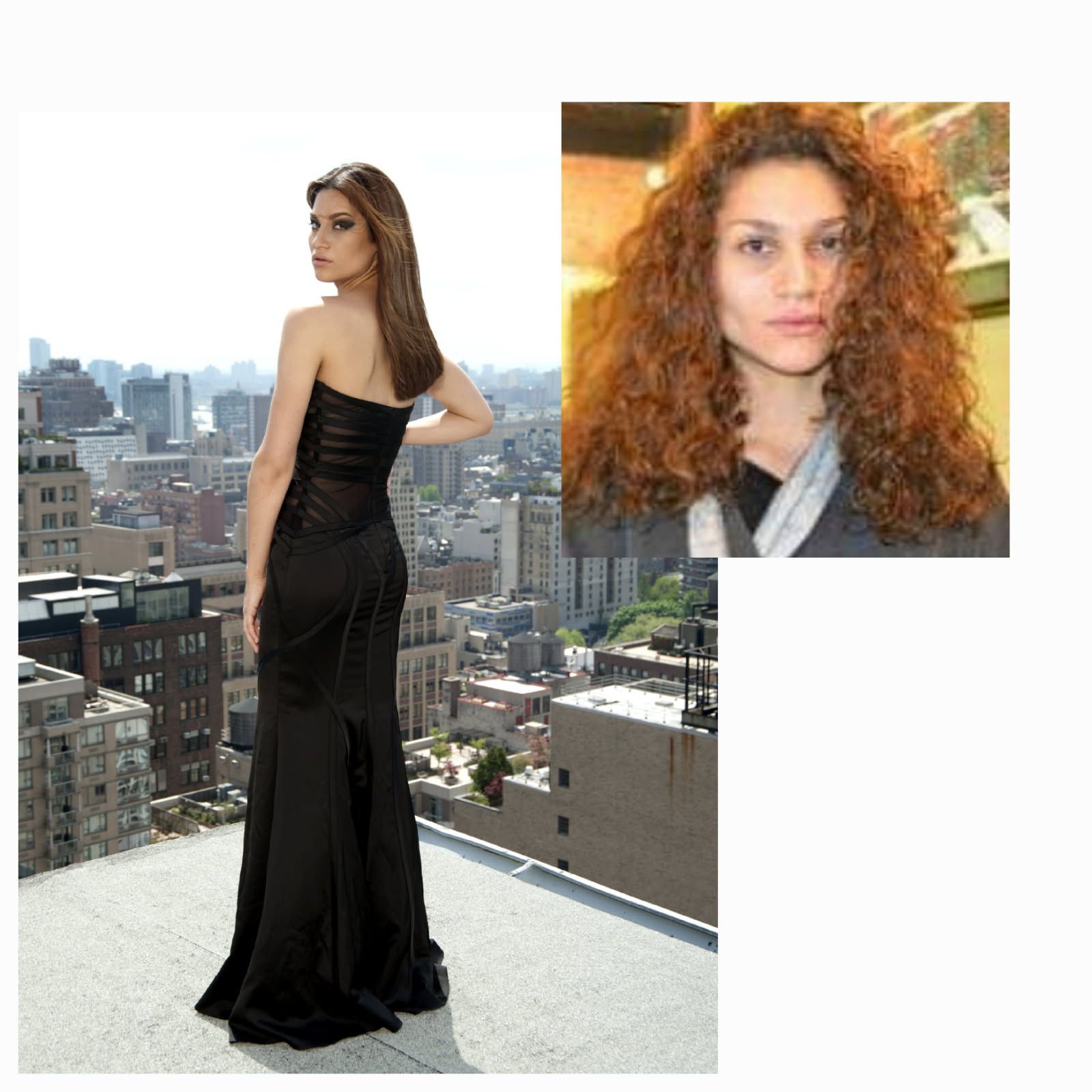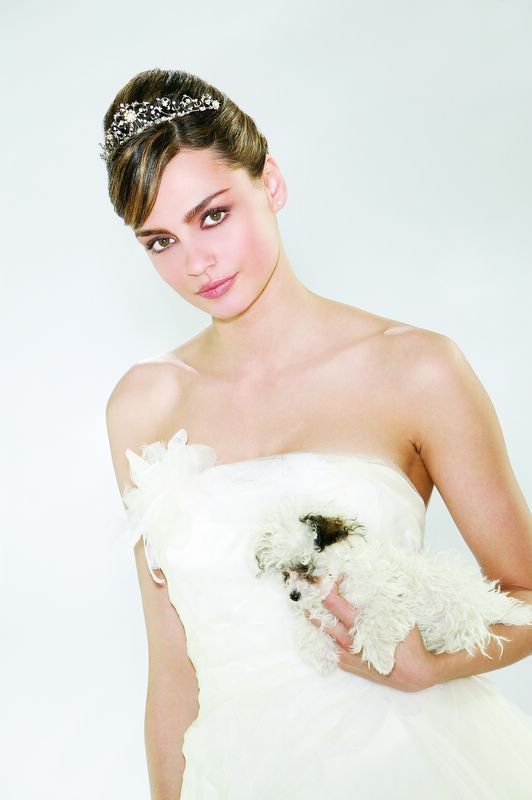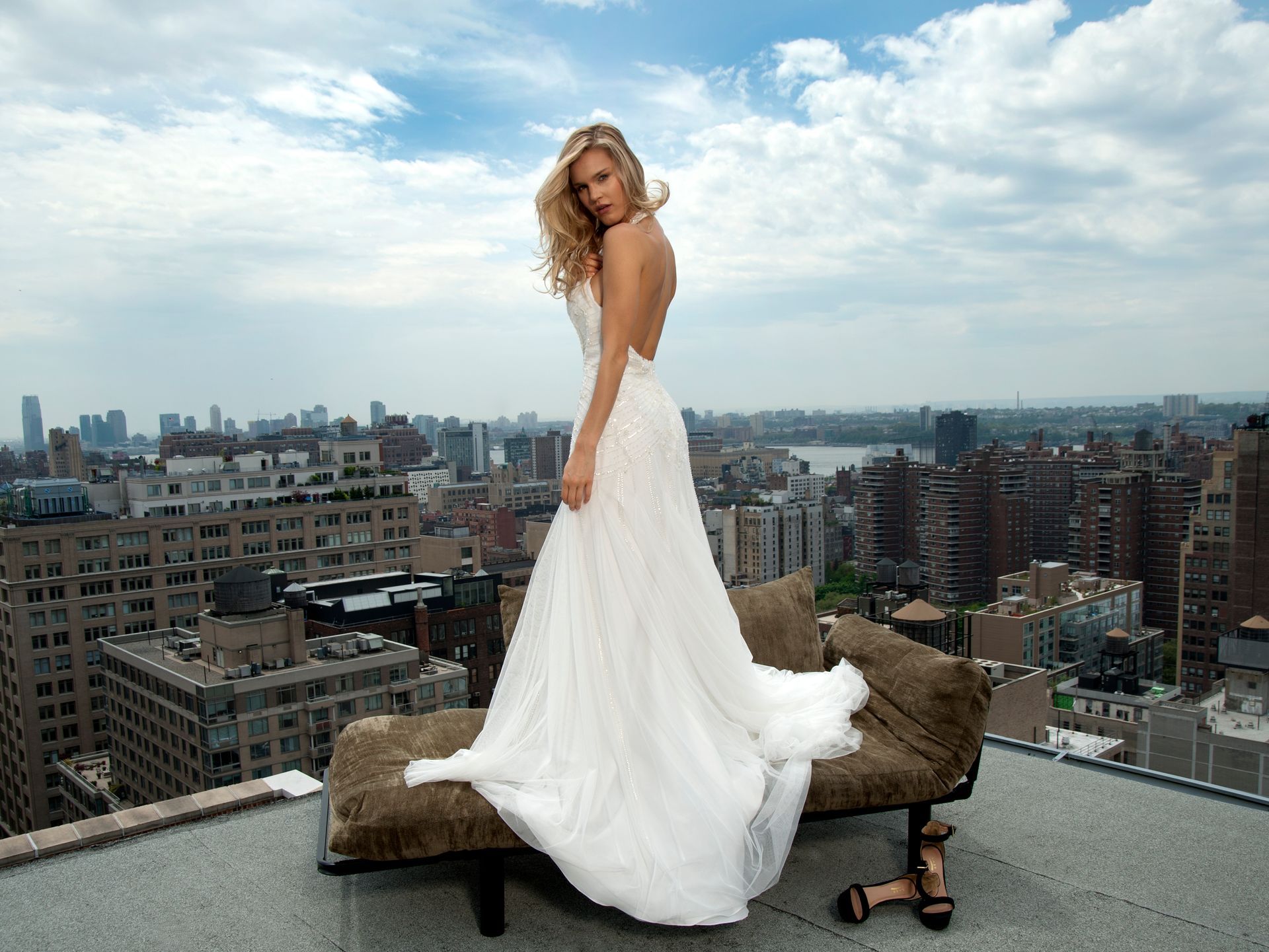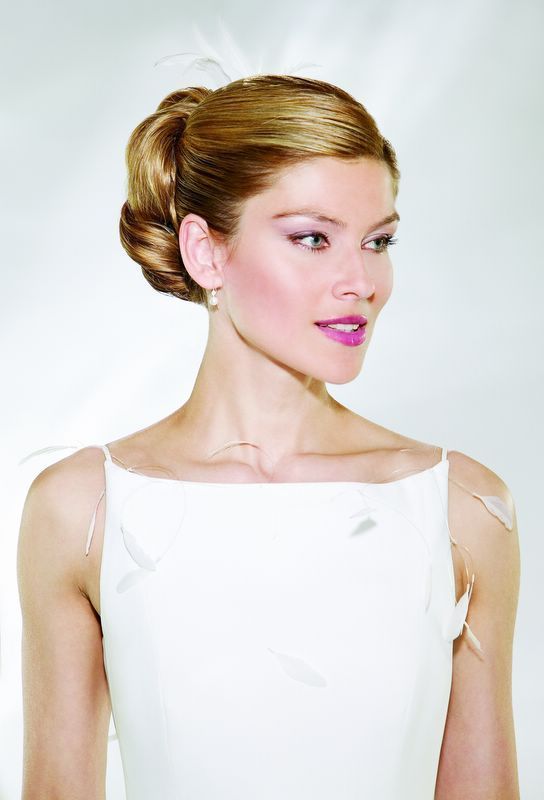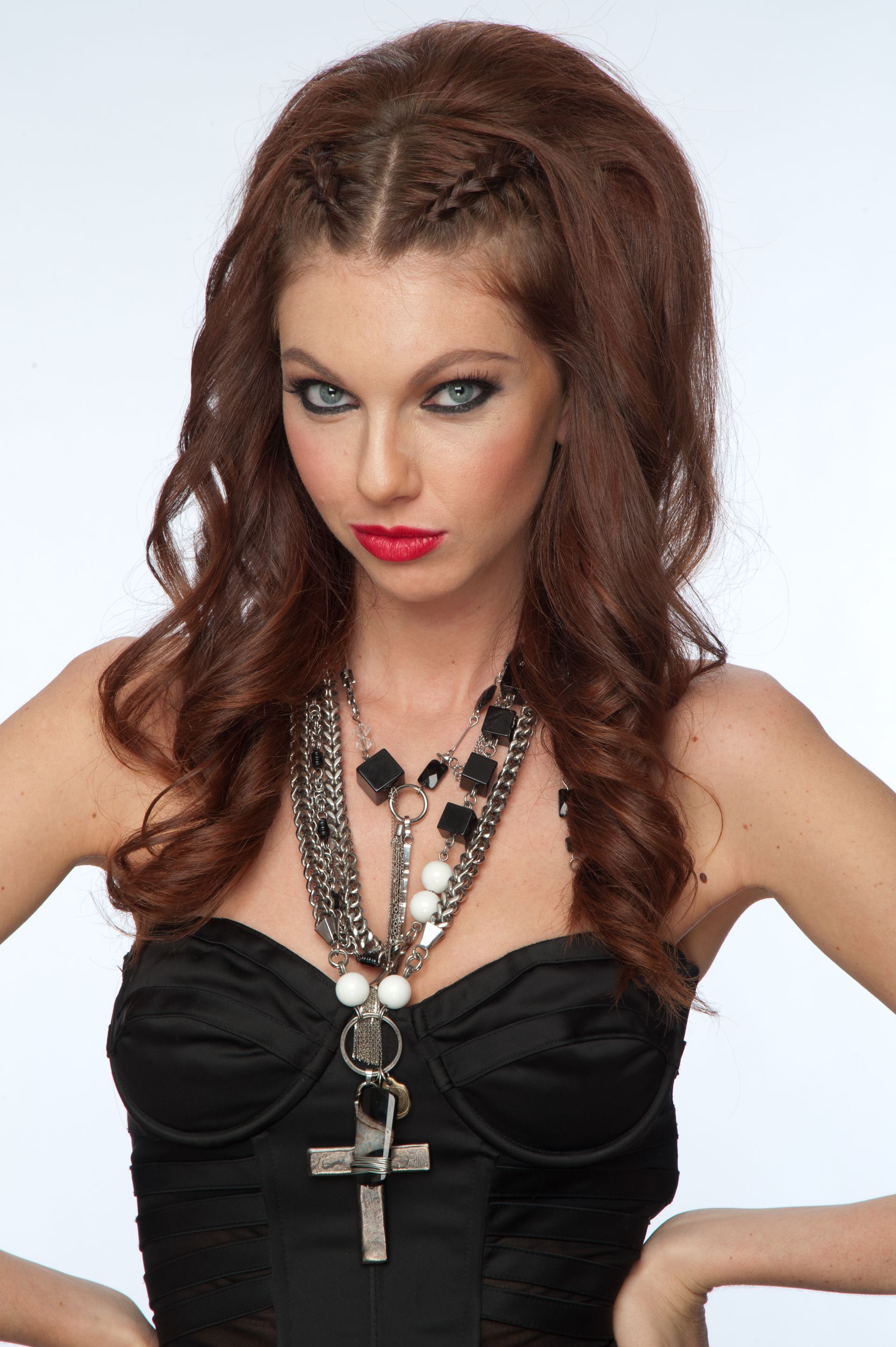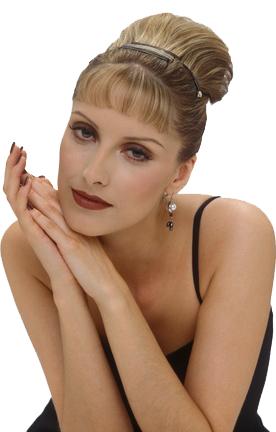

Meet David, Your Hairstylist
David Groshen Is
Your Hairstyling Guru
Meet David Groshen, NYC's Hair Style Guru whose salon was voted #1 on Manhattan's Upper East Side for 3 years consecutive years.

Make An Appointment
Book An Appointment
Online
Hair is the accessory you wear everyday.
David will give you the hair you've always wanted.

See Our Makeover Guides
Please Meet Our
Makeover Guides
David Groshen is trained in different hair backgrounds. I have the experience and personality to WOW you!
David Groshen's 7 Steps Series
Photo Galleries
Your image isn't everything, It's the only thing.
